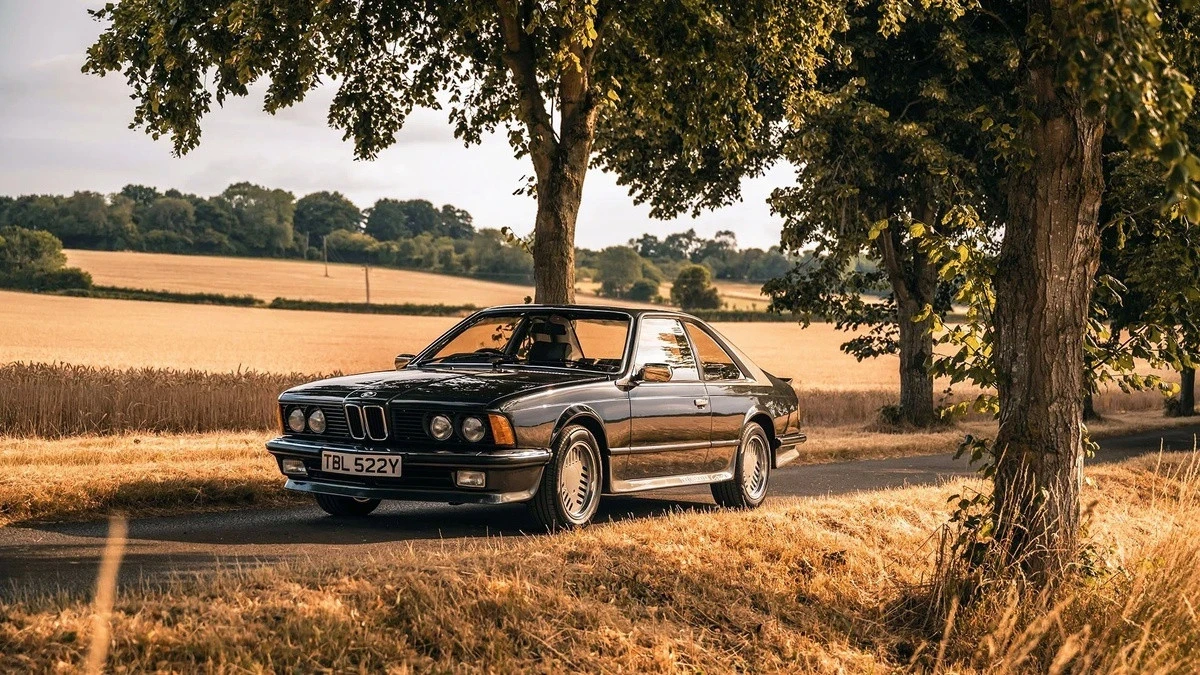
BMW 635 CSi “The Observer Coupé”
The End of an Era: Geneva Motor Show Closes as Virtual Platforms Take the Wheel – Spotlight on a Forgotten Icon, the 1982 BMW 635 CSi “The Observer Coupé”
In a move that marks the end of a legendary chapter in automotive history, the Geneva International Motor Show, first held in 1905, officially ceased operations in 2024. Once a premier destination for global debuts and cutting-edge automotive design, the show couldn’t keep pace with the evolving landscape of the auto industry. Faced with the challenges of a struggling European automotive sector, declining interest in traditional trade shows, and the meteoric rise of digital media, automakers now find it simpler and far more cost-effective to unveil new models online—sometimes without even producing physical prototypes.
Concept cars, once the crown jewels of motor shows, are now rarities. Yet, in the not-so-distant past, they were critical to the public perception of a brand’s innovation. One of the behind-the-scenes players in that golden era was MGA Developments Ltd., a Coventry-based firm founded in 1979 by engineer Mike Gibbs. MGA specialized in prototype development and engineering solutions for major automakers.
One of MGA’s most ambitious creations was the 1982 BMW 635 CSi “The Observer Coupé”, a one-off concept that remains a fascinating footnote in automotive history—and one that’s recently valued between $40,000 and $50,000.
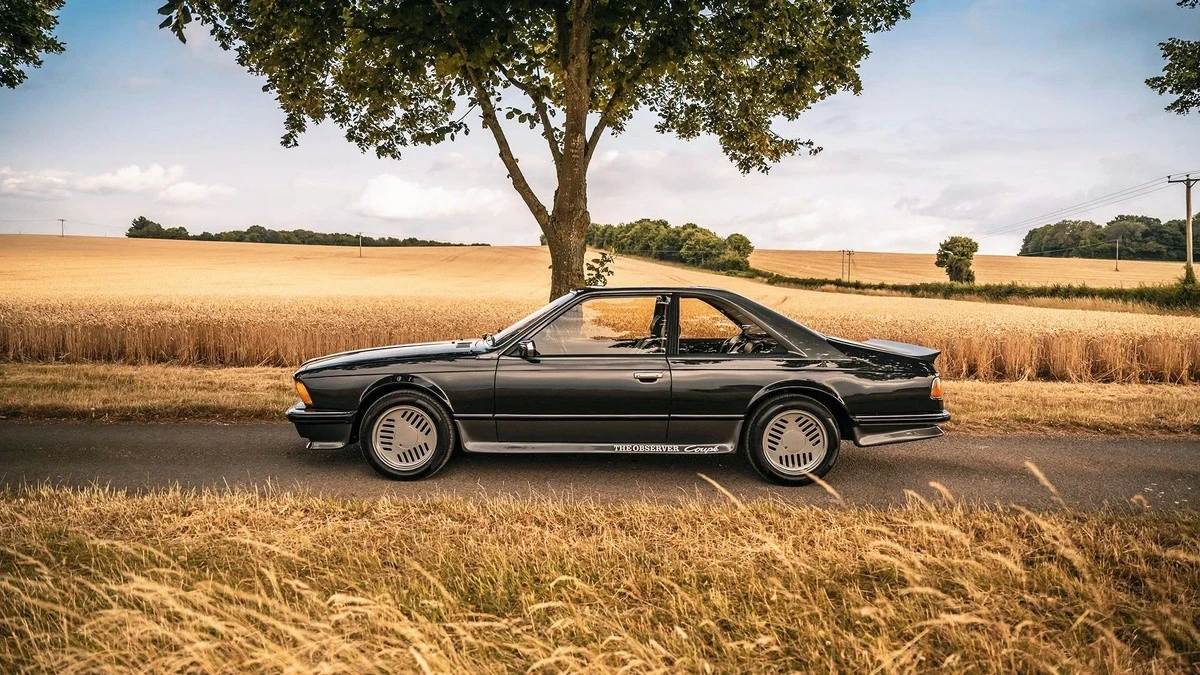
A Roof Ahead of Its Time
To showcase MGA's engineering prowess, Mike Gibbs envisioned a luxury grand tourer with a fully retractable glass roof—an unprecedented idea in the early 1980s. With support from BMW Great Britain, which donated a brand-new BMW 635 CSi (E24), and financial backing from The Observer, one of the UK's oldest newspapers (founded in 1791), the project was born.
Collaborating with Triplex Safety Glass Company and Tudor Webasto, MGA developed an intricate system of tracks, actuators, and guide rails. The glass roof panel, nearly spanning the entire cabin, would slide rearward and disappear into a custom compartment mounted over the trunk lid. To accommodate the mechanism, the rear profile of the car was subtly reshaped—so discreetly, in fact, that it still retained the elegant proportions of the original E24.
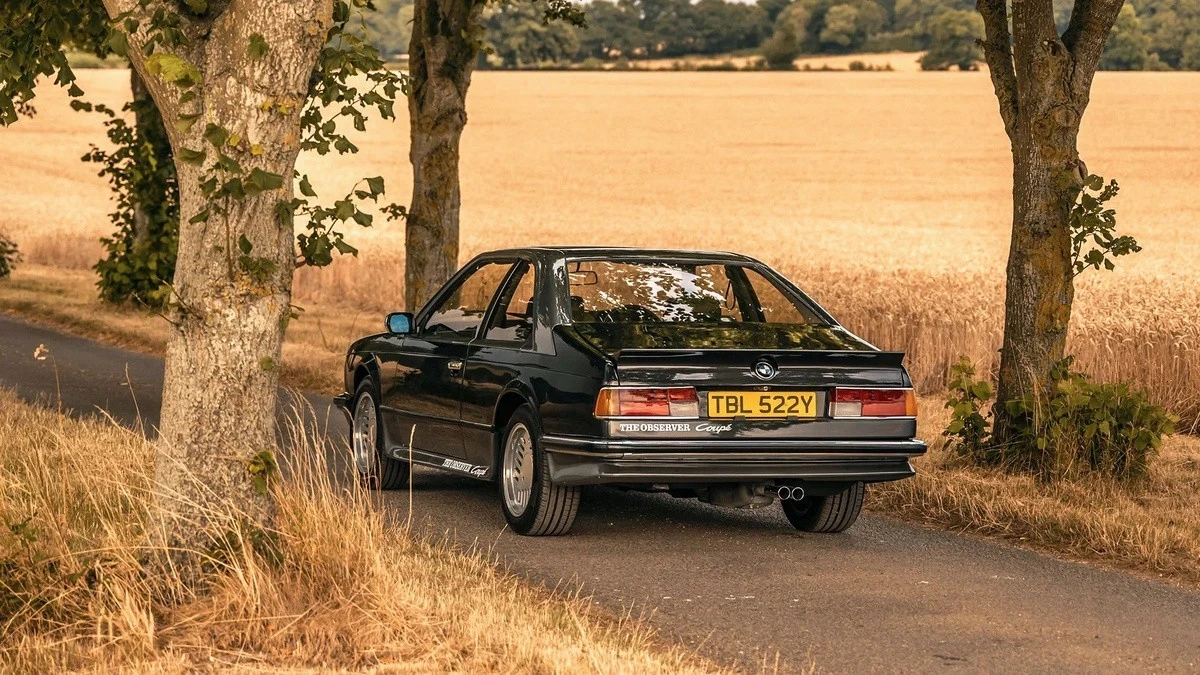
Engineering Meets Elegance
This wasn’t just a design gimmick. To address concerns of cabin overheating (effectively turning the interior into a greenhouse), the glass panel featured integrated opaque sunshades laminated within. Structural rigidity, which often suffers in open-roof conversions, was preserved by incorporating a reinforced internal safety frame—a forward-thinking approach decades ahead of modern panoramic roof solutions.
The build took just three and a half months. The car was repainted in a sophisticated dual-tone grey livery (originally red), and received period-correct aesthetic updates: bespoke front and rear bumpers, extended side skirts, and Centra Type 6 alloy wheels, an iconic styling choice of the 1980s.
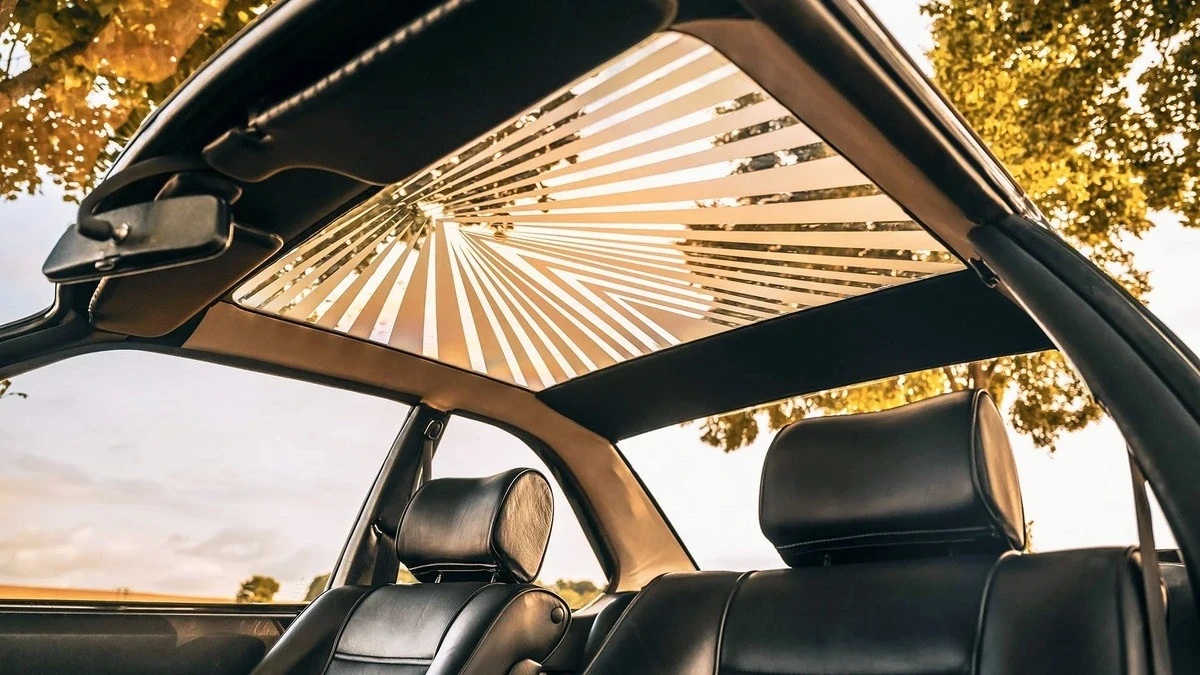
Performance Under the Skin
While the body underwent a dramatic transformation, the drivetrain remained stock—a testament to the 635 CSi’s well-rounded engineering. Under the hood was BMW’s renowned 3.5-liter M30 inline-six, producing 215 horsepower and paired with a 5-speed manual gearbox. This setup enabled a 0-100 km/h sprint in just under 7.5 seconds, with a top speed of over 140 mph (225 km/h)—impressive figures for a luxury coupé of the era.
Despite the technical ambition, the cost proved prohibitive. The prototype’s development alone tallied up to £65,000 in 1982—equivalent to over £250,000 today, excluding the base vehicle. MGA had plans to produce up to 50 units, but the complexity, cost, and reliability concerns of the retractable glass roof led to the project's quiet cancellation.
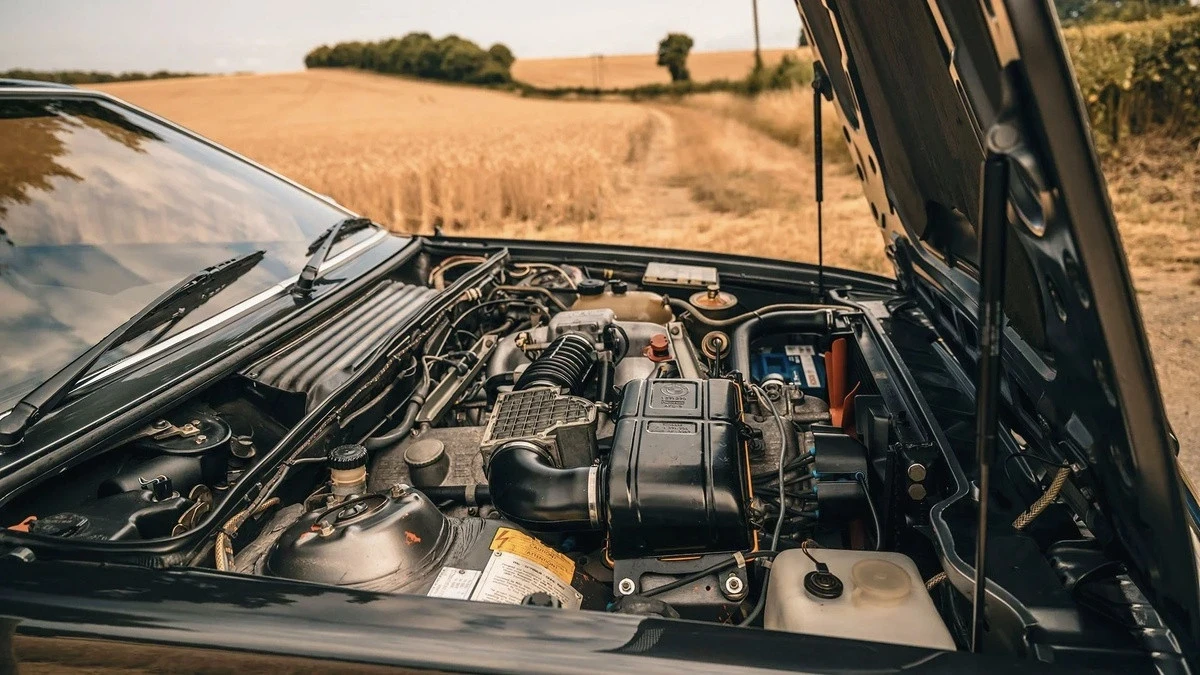
The Sole Survivor
The single prototype made its public debut at the 1982 Birmingham Motor Show, but its innovative roof mechanism quickly showed signs of wear. Just seven years after its creation, the glass roof was converted to a fixed panel, sacrificing its key innovation for improved reliability and noise insulation. During a complete restoration in the late 2010s, the original retractable mechanism was not restored, further cementing its place as a one-time engineering experiment.
Today, the BMW 635 CSi “The Observer Coupé” is a rare artifact from a more experimental automotive era—a symbol of bold ideas, technical ambition, and a reminder of how far the industry has come. As auto shows like Geneva fade into history, and concept cars migrate to digital showcases, this unique BMW stands as a rolling time capsule from when engineering met artistry in the metal.
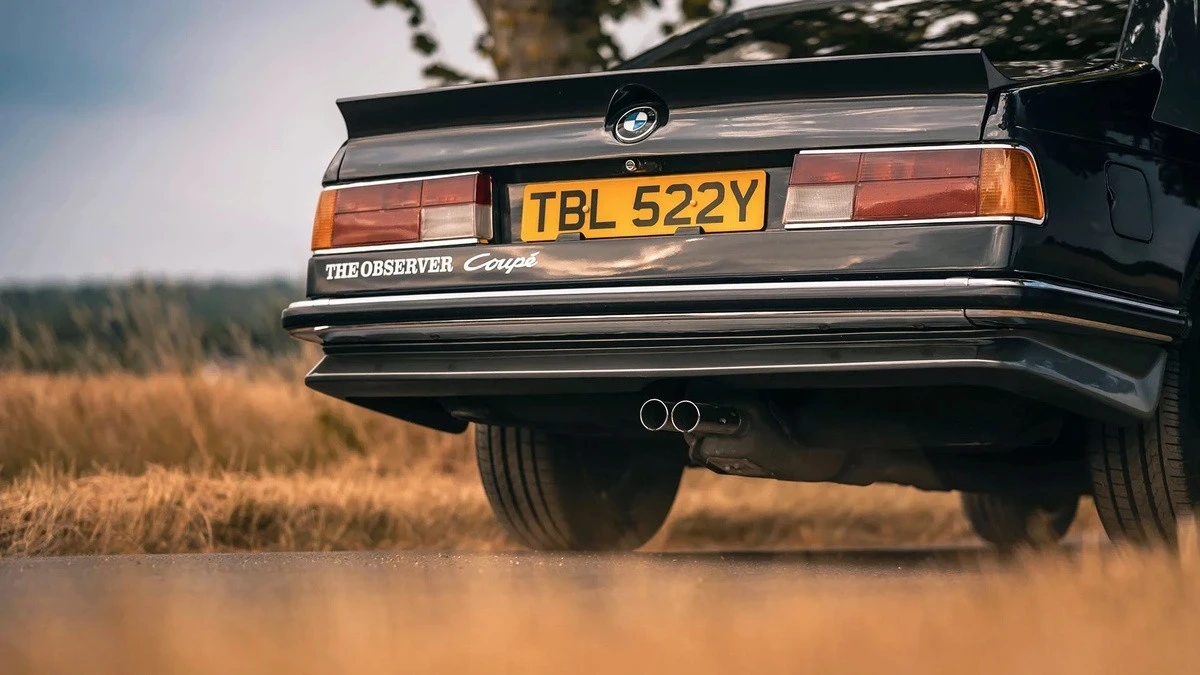
Photo Broad Arrow Auctions




